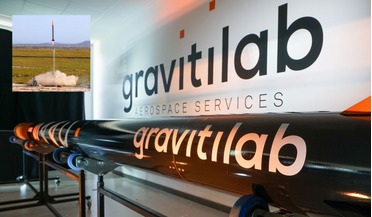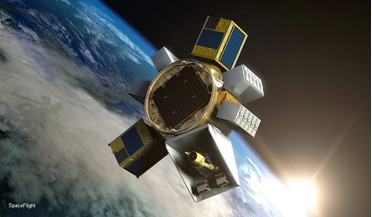 August 2016
Polish Space Agency pursues task of developing country’s space expertise
August 2016
Polish Space Agency pursues task of developing country’s space expertise
..., Canadian, and Austrian project titles Bright Target Explorer (BRITE). Both of them, Lem and Heweliusz, are nanosatellites weighing under 10 kg and their objective is to study the biggest and brightest stars in our galaxy in order to better...
 January 2019
Is the NewSpace bubble about to burst?
January 2019
Is the NewSpace bubble about to burst?
... funding… and may run out of money soon In the latter part of 2018, I’ve heard that numerous planned nanosatellite constellations are struggling to raise funding (beyond their US$10 million or so in proof-of-concept venture capital) and may run...
 13 July 2022
Sustainability ethos is key driver for UK microgravity firm
13 July 2022
Sustainability ethos is key driver for UK microgravity firm
... Norwich on Friday (8 July), CEO Rob Adlard, says the company’s ambition is to reduce the high failure rate of nanosatellites in low Earth orbit. “We are developing technologies and services to provide accessible and affordable research and testing...
 March 2015
Sky links: from multi-satellite systems to nano-launchers
March 2015
Sky links: from multi-satellite systems to nano-launchers
... in the ballistic coefficient, which provides for a quick slowdown. An example of a newly developed miniature engine is the nanosatellite STRaND-1, launched into orbit on February 25, 2013. It is composed of eight ablative-type PPTs (Pulsed Plasma...
 August 2016
Big or small - aerospace innovates through constraints
August 2016
Big or small - aerospace innovates through constraints
... components and CubeSat developers seek to integrate as much non-space-specific componentry as possible. When it comes to nanosatellites, everything from consumer electronics to ‘made for the ground’ ccommercial-off-the-shelf components work exactly...
... resources required - such as mass, volume, power and data interfaces. The Directorate is also using CubeSat nanosatellites for in-orbit demonstration. Standardised dimensions increase their number of launch opportunities, while their high degree...